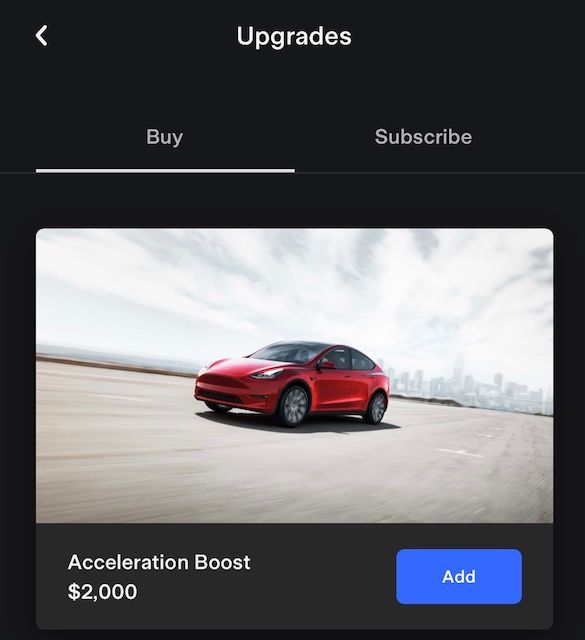Probing questions for web2 brands entering web3 with NFTs

The big brands are forced to enter the NFT space. Few want to. Many have to.
Existing legacy brands, such as Porsche and Tiffany, are figuring out how to extend the feeling of luxury and brand equity into a digital realm. Tiffany succeeded and Porsche failed. The transition from physical to digital must be thoughtful.
The same due diligence marketers apply on a prospect in physical space must be re-applied in the digital domain. Porsche got lots of criticism. It wasn't a technical failure to execute. It was a failure to address their brand's target audience. In this example the author suggests building a community first. I look at this differently. For Porsche it’s not a question of building a community. It’s a question of engaging the existing community in a different channel. Porsche failed to "teleport" the feeling of driving or the dream of owning a Porsche to the digital realm.

Porsche owners or dreams need a different approach than Tesla fans. Tesla is best positioned to bridge the gap between the physical and the digital space. In many ways they already have. Software is at the core of the car. The drivers are conditioned to do everything through an app. Including making thousand dollar digital upgrades with a tap. I wouldn't be surprised to see the Brave browser with a wallet capability to appear in the next upgrade of the onboard software.

A reverse challenge exists for the web3 brands that were born in the digital realm. Yuga labs is working overtime to bring utility to the brand through games and IRL events. A billion dollar brand has no choice but to cross into the physical realm to continue delivering the value where their customers play. Tiffany got it right. Others are trying (e.g., NFT on an Apple watch). But there is no recipe yet. If you're experimenting in this space I wrote a few probing questions for you to consider. They will help a web2 brand improve chances of success in the web3 realm.
Probing questions
If you are trying to understand how a given product or a services can be amplified with NFTs you may want to start with these questions. Note that the NFT itself is not what you sell. NFT encompass a feeling, status signaling, and satisfies some human need or emotion. NFTs are used for amplification or access. They are just empty vessels that must be filled with emotion and value.
- Are people receptive to receive the offerings using the digital format? When? In what context?
- What makes the offering remarkable for people to care? Can NFT amplify that
- Who is the target purchaser of goods or services? What’s the target audience? How do you qualify prospects? Are they receptive for the message? What roles does the NFT play here? How does the NFT help with qualification of the prospect? How is messaging different in the digital space vs. physical space
- How can we break the attention wall through emotion? What does a prospect desire? How does the NFT break this barrier? How does NFT help catch desired emotion? Or does NFT become a barrier?
- What do we want the buyer to experience at the end of the transaction? What core human drive are we trying meet? Does NFT help anchor the that feeling? Is the NFT part of the end state?
- What’s the point of market entry for a given prospect? When do they start to care about the offering? How does NFT help with the market entry?
- Can we offer something for free and then ask for permission to reach the prospect? Is prospect aware of how to receive signals / messages via NFTs?
- How can the call to action be simplified with NFTs? Or is web3 interaction creates friction?
This is just a starter pack aiming at web2 brands, but can be re-used for web3 brands going into the physical space.
